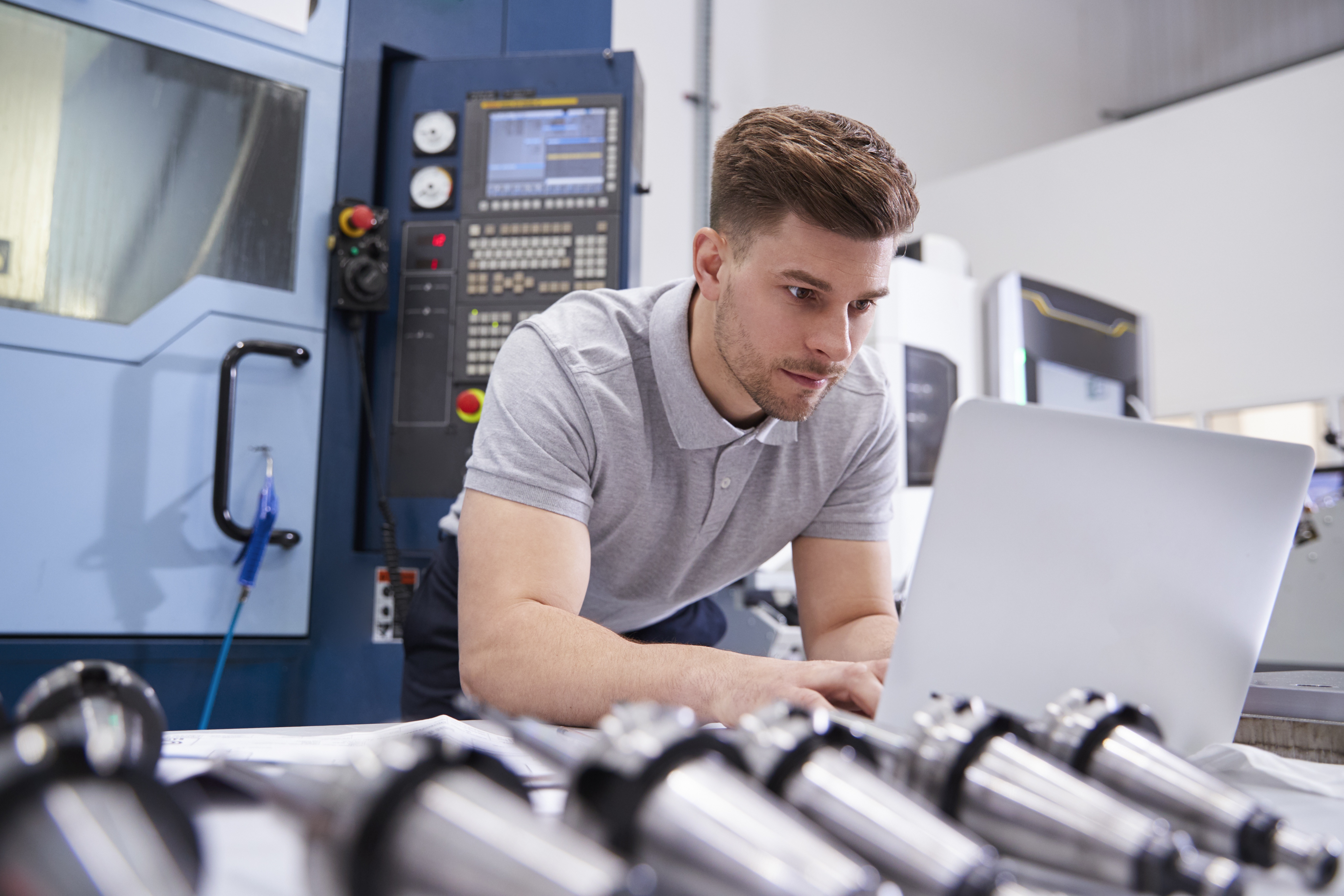

Our catalogs contain thousands of brakes, gearboxes, and pneumatic cylinders, yet that doesn't come close to matching the demand for fluid power parts. In fact, almost 40% of our business comes from custom design, ranging from slight modification of catalog products through completely new designs to match a customer's needs.
So, how long does it take to order custom products, and what information do you need to get started? We tossed those frequently asked questions at the man behind our custom manufacturing process, WC Branham VP of Engineering and General Manager, Chad Randleman.
What kinds of products will W.C. Branham custom manufacture?
We tend to stick with our core competencies, which are gearboxes, caliper disc brakes, and pneumatic cylinders. We produce a variety of products in each of those three groups, and more often than not, any custom inquiries we get are usually based around those types of products.
What is your process? How much engineering is involved in creating a custom product?
There's always some level of engineering involved. but sometimes it can be pretty light. Many requests only require a simple change to an existing product. For example, maybe a different style of mounting, or they may want a custom bracket provided with the product. Maybe they want different features or a feature integrated into an existing product.
But sometimes, it can be pretty complex, where you're starting from scratch and they kind of have an idea in their head of a product that they need, it will need more engineering. Then you're designing something from the ground up, but in either scenario, there's always some level of engineering involved.
Do you have any limits, where something is too small or too large or too complex?
That's one of the things that we'll try to determine right away. Once we get the basic requirements, we've certainly had to decline opportunities because the product simply was too large for us to produce. We'd be considered light manufacturing in that sense because we don't really have the equipment to move heavy components around.
Sometimes, it might also be out of the scope of the basic competencies of what we specialize in. We'll go out of the box, but sometimes it is too complex and just kind of outside of what we typically would get involved with.
What information should a new customer bring to you in terms of their needs if they're coming to you for a custom order?
Size, materials, finishes, and features. Those kinds of things often are involved, and usually what they'll bring to us right up front, which leads to it being custom, based on one or several of those requirements.
Sometimes, there's a product out there that is what they're looking for, but they need it in a smaller package, physically smaller because they can't fit in their design. So, size is often the main constraint.
What kinds of details do you require?
Oftentimes with the custom product, they're trying to integrate it with other existing components. Therefore, the product might have to have a specific hole pattern included on it for mounting and specific dimensions. It might have to be a specific size to mate with another component on the customer's equipment, or those types of things.
Sometimes, the customer might already have made some of their own drawings or they might have pretty detailed information on that. Other times, they might share the details for the mating parts or other components of the system that have to work with our product, and then we determine the size requirements. Those are all details that need to be defined.
What's your average turnaround time for a custom design?
Minor changes to an existing product can be accommodated right away, often within days or a week. If parts have to be fabricated or outsourced, it may take three to four weeks. But, if it's a "from the ground up" design, and we're basically starting from scratch, that process could take several months.
Why do those designs take so much longer?
Often with customizations, particularly the more in-depth ones, we typically go through a prototype stage, and that takes time. Once the design is finalized and agreed upon, then we'll produce one or two prototype units that are then submitted to the customer. They can install them in their equipment and verify that it works the way it was intended to work. And then, at that point, they sign off on that before we go into production.
What are the prices involved in that process?
Once the design phase is done and we're at the point where we're ready to quote, we will typically quote for the requested volumes — that might be just a one-time order for ten, or it might be they'll use 200 of them a year, every year — we'll quote them based on their quantity requirements.
But then, we'll also quote a one quantity prototype. That can typically be three to four times the cost of the production quantity prices, just to produce that one-off unit for approval. But customers typically expect that. I mean, they understand that they don't want us to produce 200 of them when we haven't even produced one that works yet.
What do you enjoy most about the custom manufacturing process?
Any time you get into those situations, you're always solving a problem. So, you're always experiencing and seeing those unique problems and being creative to come up with a solution for them. That's the rewarding part.


